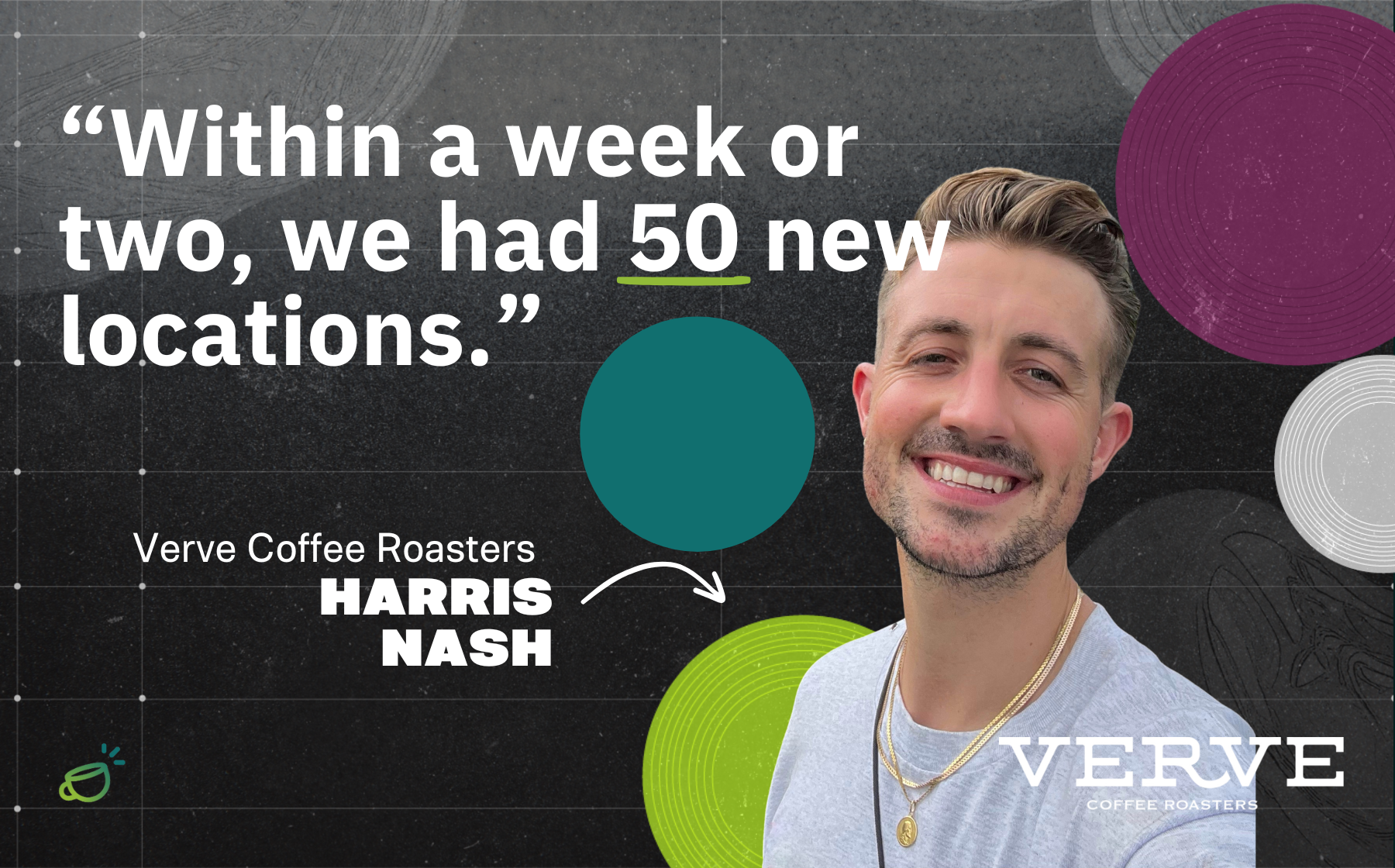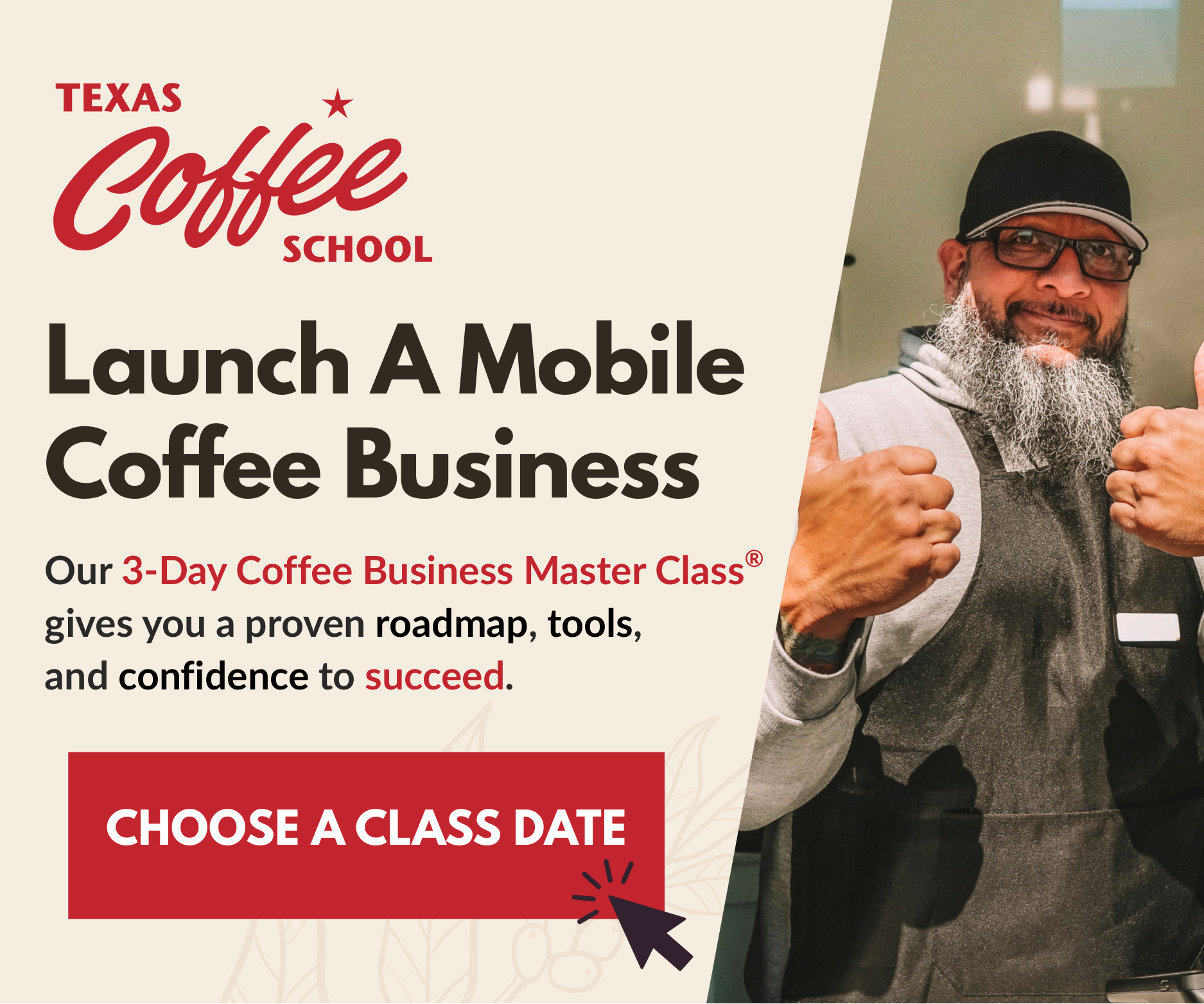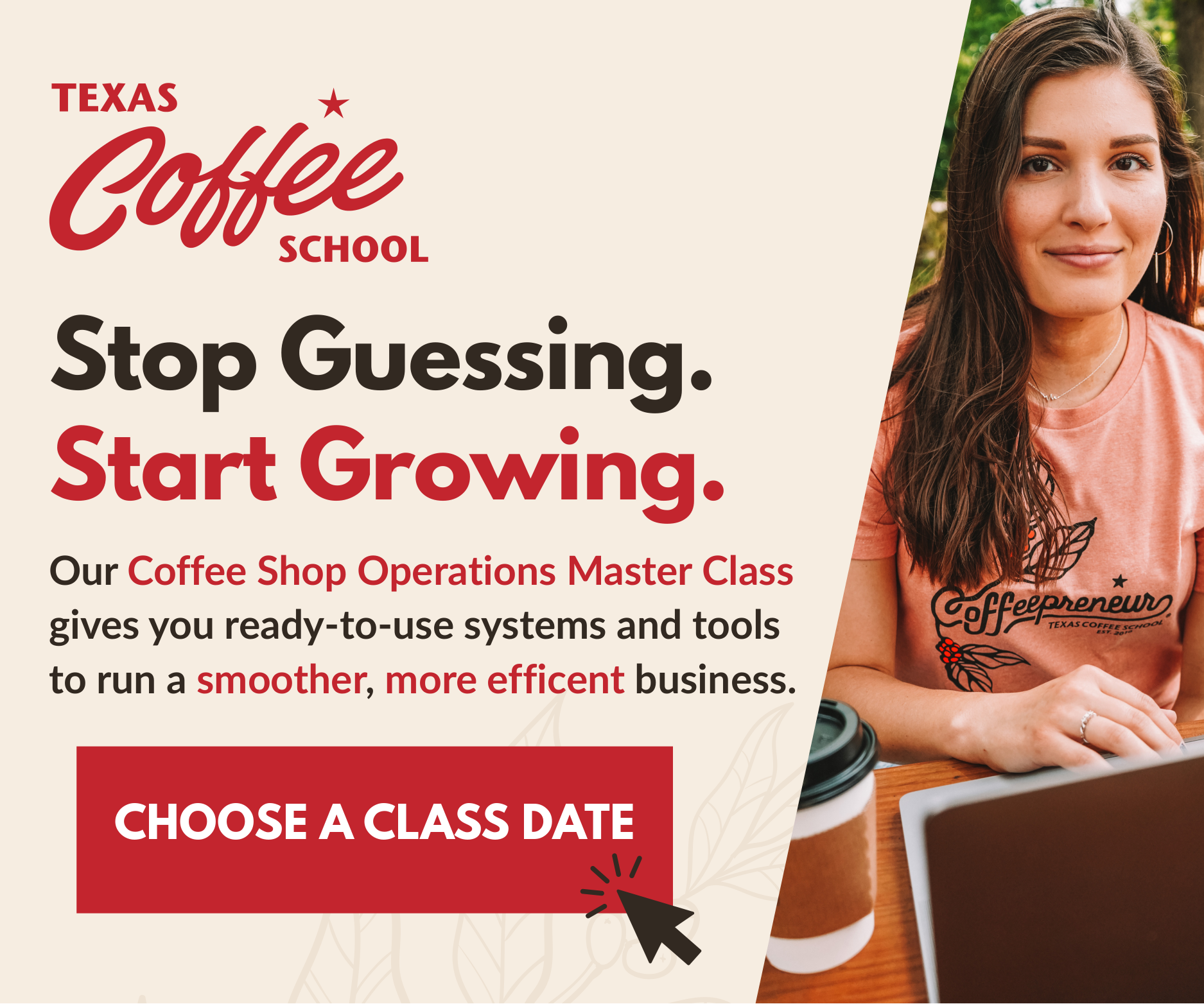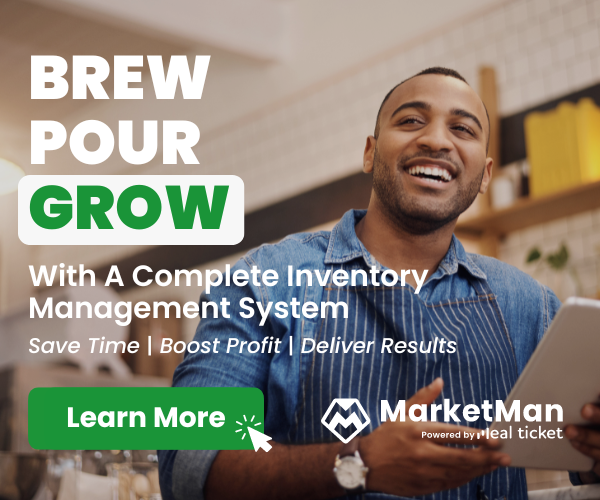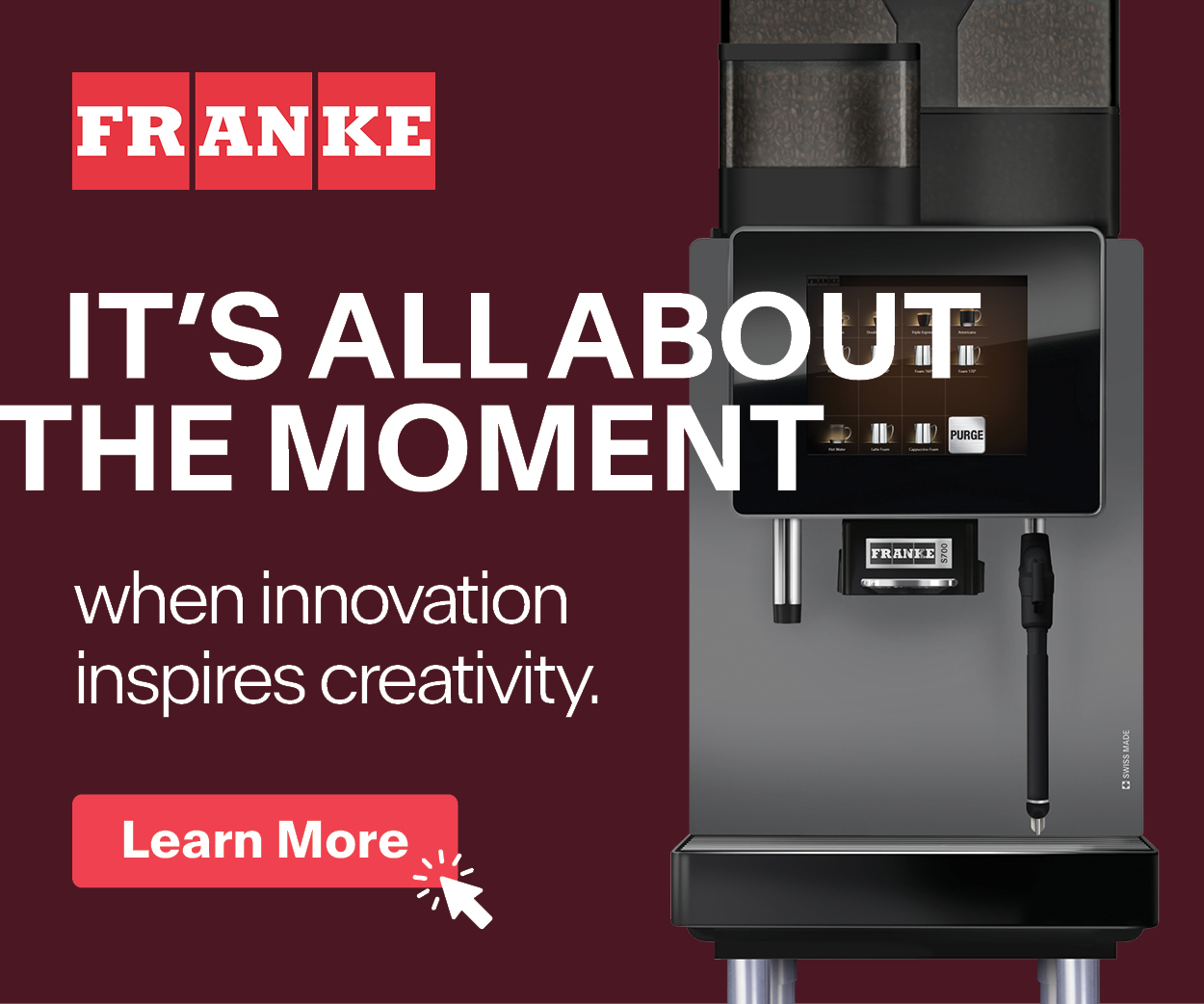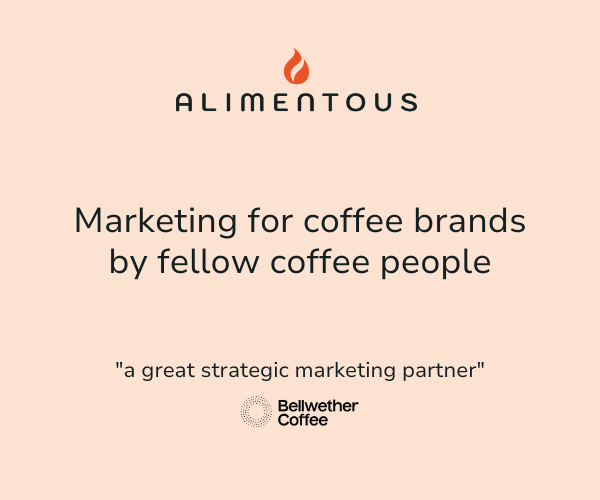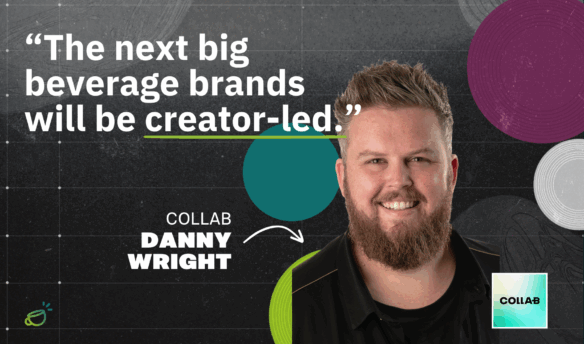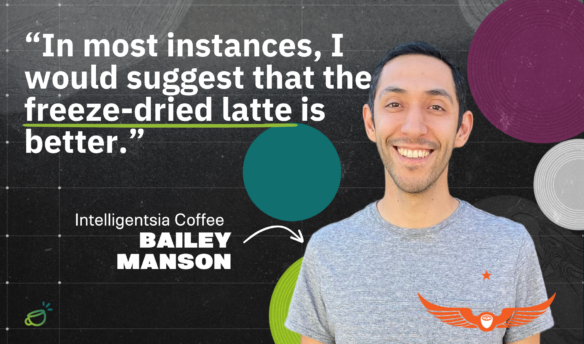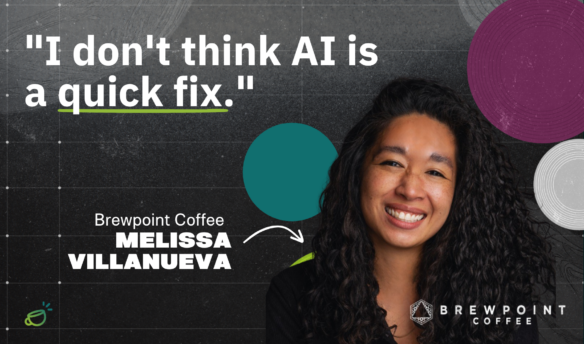Listen to the Coffee Think Tank Podcast, a show about trends, ideas, and innovations in coffee, on: Apple, Spotify, YouTube.
And a big thanks to this season’s sponsor, SumUp, a modern point of sale and loyalty system for cafes.
A bank may not be the first place that you’d associate with specialty coffee. But what if the best coffee in your city happened to be served inside a Capital One branch?
That’s the audacious vision of Verve Coffee Roasters. The Santa Cruz-based roaster started in 2007, and now has more than a dozen cafe locations across California and Japan. But for the last two years, Verve has also operated far beyond its own parameters.
Harris Nash, the company’s senior wholesale manager, has helped Verve Coffee take over the more than 50 Capital One Café locations that were previously operated by Peet’s Coffee. The cafes, typically attached to the lobbies of Capital One bank branches, are scattered across 18 states. They’re found everywhere from major cities’ downtowns to suburban shopping malls.
Nash brought a unique perspective to this challenge. Since first starting as a barista, he’s had a wide variety of roles and experiences in the coffee industry, from launching an importing business to running wholesale programs for Chicagoland roasters. But this Capital One project pushed him out of his comfort zone. Nash trained more than 600 baristas to represent Verve’s brand in locations the roaster doesn’t directly control, created systems to maintain quality across a massive geographic footprint—and proved that specialty coffee can thrive in unexpected places.
Today, we’ll explore how Verve is converting large iced macchiato orders into specialty coffee drinks. We’ll also discuss the infrastructure needed to maintain Verve’s brand standards at scale, and how this partnership is allowing Verve to support more coffee producers than ever before. Most importantly, we’ll dig into how the Capital One Café takeover project has changed Nash’s perspective on what specialty coffee can be, and where it can go next.
What You’ll Learn:
- Why Capital One switched from Peet’s to Verve Coffee across 50+ locations
- How Verve developed highly detailed training systems and used learning management platforms to maintain quality at scale
- Why Verve partnered with local coffee trainers in each market to facilitate the transition
- How the partnership enabled Verve to support more coffee producers than ever before
- Why Nash believes specialty coffee’s future lies in making high-quality coffee more approachable
- How Verve created the exclusive Daybreaker blend for Capital One Cafés to support nonprofits like the REI Cooperative Action Fund
My Key Takeaways:
Specialty Coffee Belongs in More Places Than We Think
Nash’s experience has shifted my thinking about where specialty coffee can succeed. We often get caught up in the idea that a coffee shop needs to be in a prime location or attract coffee enthusiasts to be successful. But Nash has seen tourists in New York City’s Herald Square ordering pour-overs, and shoppers in Kansas malls trying traditional macchiatos for the first time.
“I was in Herald Square, [and] these tourists rolled in off the street, older folks. You’re like, okay, they’re probably gonna order a big Americano and dump a bunch of whatever in it, [and they] ended up ordering a pour-over,” Nash said. Customers showed Nash over and over again how open they are to new coffee experiences and drinks, even in settings that wouldn’t be traditionally associated with specialty coffee.
This makes me wonder: How much of specialty coffee’s supposed market saturation is really just our own limited imagination about where coffee belongs? While many shop owners might be fighting over real estate in the same trendy neighborhoods, there are many roads less traveled and other markets worth exploring.
The Art of Customer Conversion Through Hospitality
One fascinating aspect of the Capital One project is how Verve developed systematic approaches to converting customers from loving Peet’s to loving Verve. Given the brands’ differing coffee styles, it was critical that the baristas knew how to redirect customers towards unfamiliar offerings.
“We had a full training module on redirects if someone orders a large iced macchiato. How do you get them from that to a specialty macchiato without shutting them down?” Nash said. The answer, according to Nash, is to gently tell the customer that they can make a macchiato, but it’s a different drink style, and to hold up the little demitasse cup so they can clearly visualize it—all while wearing a smile to present warmth rather than conflict.
That first time ordering in a Verve-powered Capital One Café is such a critical moment for existing customers. The baristas really only have one shot to convince a customer that, yes, the switch from Peet’s to Verve is different—and it’s worth coming back for.
I appreciate the intentional empathy here, and love how it’s captured in a dedicated training module. Helping customers wrap their heads around different drinks and new coffee styles is a delicate task. Creating a procedure for that shows baristas and customers alike how much Verve wants to serve those guests well.
Quality at Scale Requires Obsessive Systematization
The operational complexity of the Capital One project is staggering. Nash said he is essentially responsible for maintaining Verve’s brand standards across 600 baristas in 18 states—people who don’t work for Verve, in locations Verve doesn’t own, serving customers who never chose to visit a Verve cafe.
The solution required going granular in ways that would seem absurd in a traditional cafe setting. “I created an SOP [standard operating procedure] for hot water,” Harris said. The Verve team developed learning management systems with interactive modules and quizzes to help baristas memorize drink recipes and procedures. They even created their own audit system, adapted from Verve’s internal SPA (Service, Product, Atmosphere) evaluations, to help managers in each location maintain quality standards.
Where To Find Harris Nash:
- Follow Nash on Instagram: @harrisnash
- Verve Coffee’s website: vervecoffee.com
- Verve Coffee on Instagram: @vervecoffee



